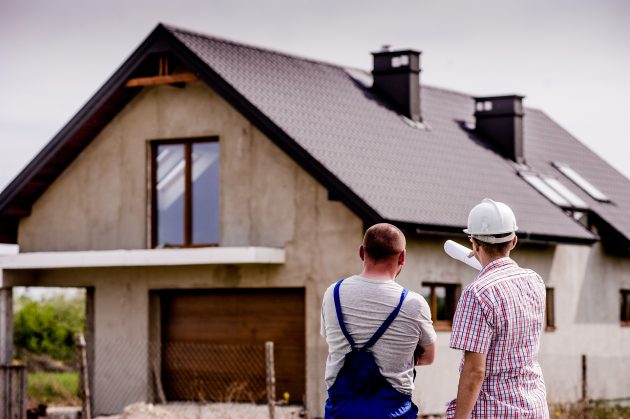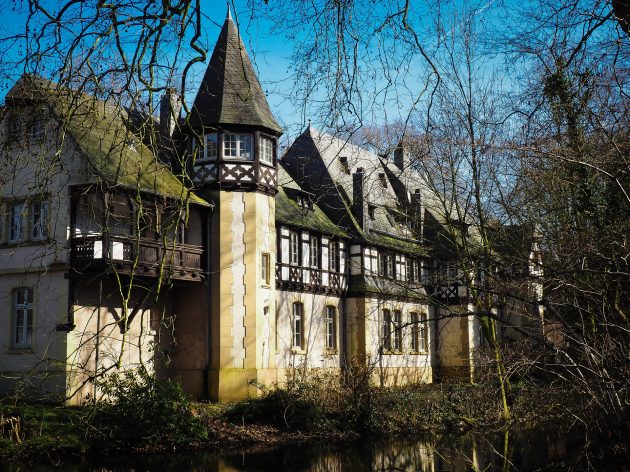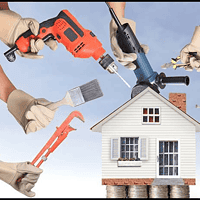Living in a listed building is both a privilege and a responsibility. In England, there are currently only half a million houses on the National Heritage List, with the vast majority having a Grade II listing. Put that into perspective against the total of around 25 million homes in the UK and it becomes clear that your home must be very special indeed.
All well-preserved buildings built before 1700 are listed and so are most period buildings constructed before 1840. The listed status is achieved because a building’s special architectural or historic interest is deemed to be of national significance and worthy of preservation.
As a home owner, you obviously benefit from living in these beautiful historic surroundings but their upkeep is subject to tighter planning controls to help preserve what is special about the building. In this way, you get to safeguard your property asset during your ownership while acting as the guardian of an important piece of national heritage in the longer term.
Here are 5 tips to help with maintenance and refurbishments to maintain your historic property in a good state of repair.
1. Understand your property
Every homeowner should make an effort to understand the building he lives in, and even more so if the home is listed. Knowing the ins and outs of your home, including any weaknesses in the building, can prepare you for any potential problems so that they can be dealt with intelligently and in advance of any major disasters happening.
Carry out regular routine visual inspections to check for leaks, deterioration and damage, as well as additional inspections after severe weather, in all the obvious areas including
- Roof areas, guttering and drains
- Exterior walls, windows and doors
- Interior systems including heating, electrical/gas appliances
Use the information thus gleaned to make a maintenance list to give you a framework for works that need to be carried out on a regular basis. If necessary, carry out specialist investigations for timber decay, dry rot and similar issues, ideally using non-invasive methods that are sympathetic to the historic nature of the building.
2. Keep a record of all works carried out
It is highly recommended that you keep a ‘log book’ for your historic home to create a clear history and time line of all inspections and works carried out to the building. Illustrate the book with informative photos taken before, after and over time, and support any building works and refurbishments with relevant invoices and receipts.
While this may sound like a lot of work, it’s well worth doing. Over the years, you’ll get to know your listed building intimately, able to support and maintain your special bit of British heritage in the best possible way. What’s more, a living chronicle of your listed home will be a highly valuable source of information for any building professional working on the building, as well as any future owners of the property, should you choose to sell it.
3. Set up a maintenance schedule
Maintenance planning is a sensible way to spread and streamline the cost and upheaval of carrying out building works to your listed home. It’s a good discipline to get into and will help you to approach building inspection and maintenance in a logical and structured way.
Your maintenance schedule needn’t be a complicated document – a common sense approach to what needs doing when is all it takes. Taking the information gleaned from your inspections and details recorded above, your maintenance schedule should take note of:
- The method of construction, its overall condition and any alterations that have been made
- Any identified building weaknesses and possible flashpoints
- The building’s location and surroundings, its position, aspect and exposure to the elements
- The building as an integrated whole consisting of interior and exterior elements working in harmony
4. Seek assistance from suitable building professionals
When you are planning building or maintenance works for a historic building, your choice of builder or tradesman is key. A regular building firm may not have the right kind of skill or experience to work on listed buildings. They’re likely to be trained in modern, conventional building methods and lack the qualifications to offer advice and expertise for your period property.
Do your research before you decide on a tradesman to work on your historic home. Go by word-of-mouth recommendation or use respected online directories such as the Historic Houses Assocation (HHA), the Institute of Historic Building Conservation (IHBC) and the Listed Property Owners’ Club (LPOC). Using a qualified and experienced building professional is the best way to ensure that your period property is looked after properly.
5. Obtain Listed Building Consent
If you are planning maintenance or repair work that affects the building’s special architectural or historical significance, you will need to apply for listed building consent from your local planning authority. Carrying out building works without consent is a criminal offence. In some cases, planning permission will also have to be obtained.
It’s a good idea to make contact with your local Conservation Officer and work together to find a mutually acceptable solution for any refurbishments or alterations you are planning to make. Unless the building’s special interest is directly affected, like-for-like replacements or repairs are unlikely to need consent. However, anything more substantial should be discussed with your Conservation Officer in the first instance to find out what might be acceptable or how your initial plans may need to be adapted in order to be approved.
















